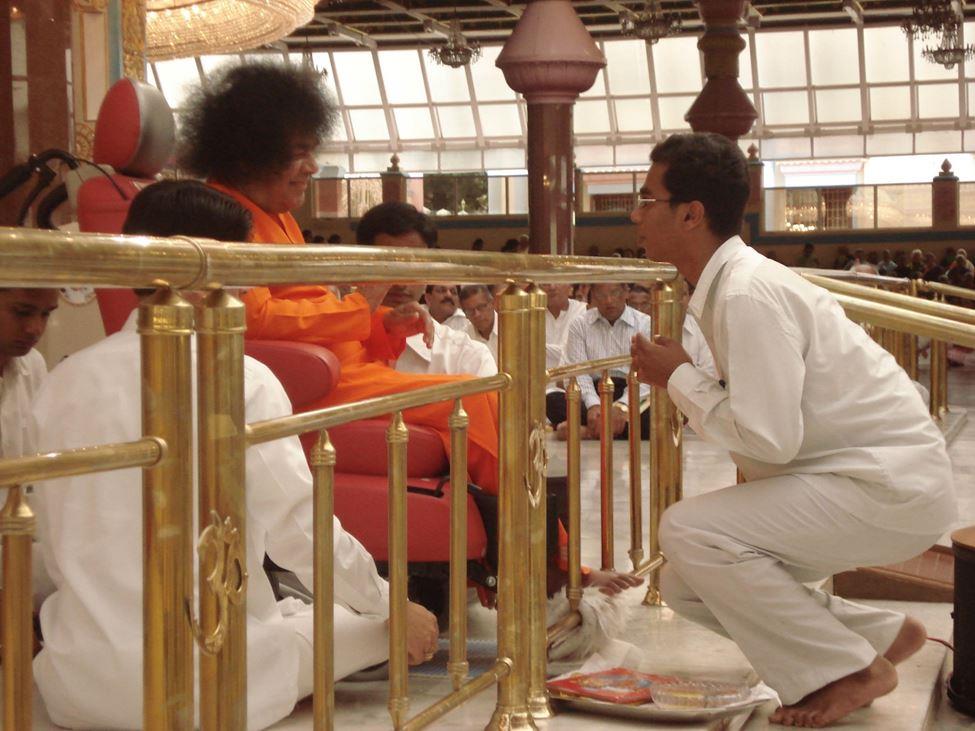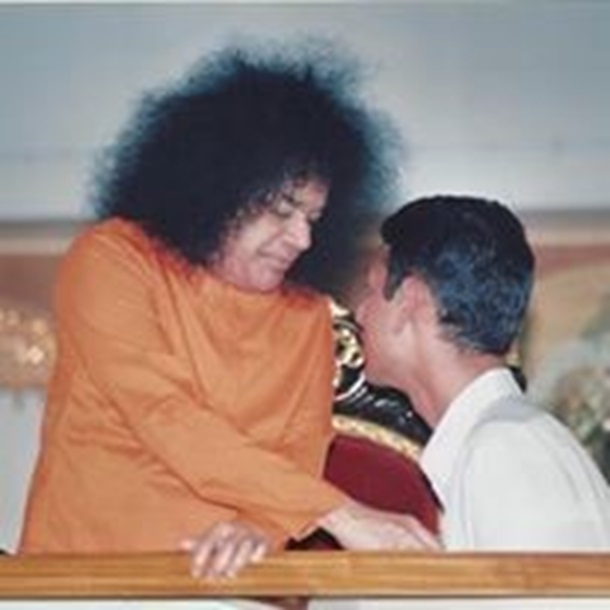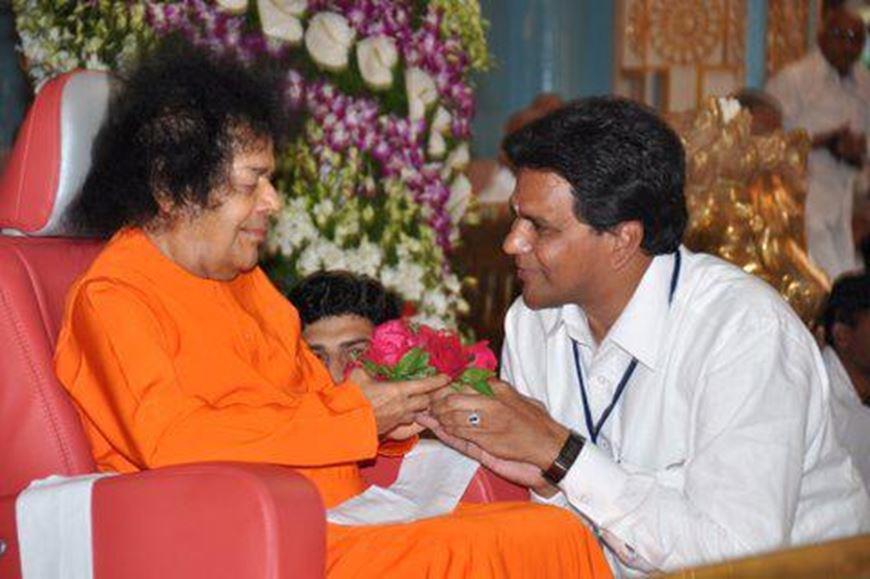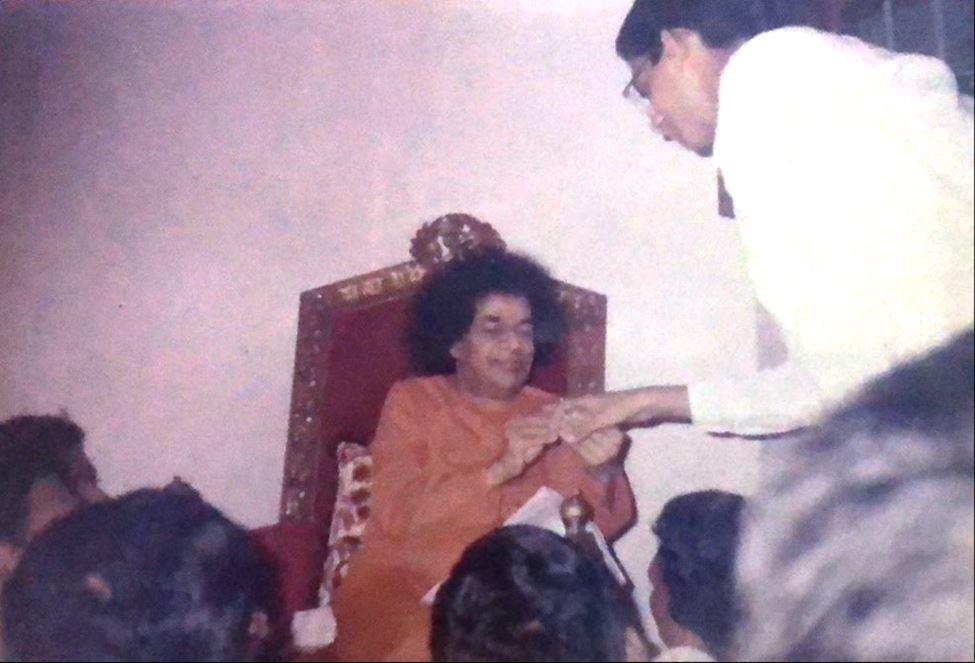T. Jagannadha Pawan
The beautiful serene campus of the Sathya Sai Institute of Higher Learning filled my heart with eager anticipation in the summer of 1997. After my entrance exam in Prasanthi Nilayam, I went to Brindavan to be with Swami. By His grace, I saw my name in the list of selected students when the results were announced, and I was thrilled with gratitude that He made me His student. This selection initiated me into a completely new phase of my life filled with discipline and love for Sai.
During my stay in Brindavan, there were grand celebrations of Buddha Purnima. Seeing so many followers of Buddha converging at the lotus feet of Bhagawan from all over the world was awe-inspiring. The festive atmosphere overflowed with the vibrant colours and sounds of Buddhist prayers that day. When Swami gave His discourse, I remember Him saying that Buddha claimed nonviolence to be the highest dharma but, for Sai, love was everything.
For my young self, the few days spent in Brindavan that summer made indelible impressions and I came back to Prasanthi Nilayam for my education. Here, Swami taught some of the most profound truths and inculcated love for God along with a tolerance for different paths that lead to Him.
Several years after my graduation, in July 2019, I had another chance encounter with Buddha. It came in the form of an opportunity to spend ten days at a retreat centre to learn Vipassana, a meditation technique discovered by him. During these ten days, the most significant revelation, however, was the magnanimousness of Swami’s love.
The ten days I spent at the Vipassana retreat gave me a flavour of Buddha’s inner pursuits.
The path that Buddha propounded, Dhamma, involves four simple steps that require incredible discipline, the least of which is meditating for at least 12 hours in a day. This discovery of Buddha consisting of these four steps led him to Nirvana.
Step 1: Develop a good character. Good character means one doesn’t steal, tell lies, misuse senses, kill living beings, or get intoxicated. In the Buddhist tradition, these are the five precepts (called Pancha Sila).
Step 2: Develop a focused mind. This can be achieved by paying attention to one’s breath, and subsequently by concentrating on the sensations that one experiences in and around the nostrils. Throughout the process, it is essential not to force a particular breathing pattern but observe the natural flow of breath (Yatha Butah—seeing things as they are). This process leads to the right concentration (called Samma Samadhi).
Step 3: Be equanimous. Once the mind becomes sensitive to the sensations arising around the nostrils, one has to examine every part of the body for any sensations that are arising moment to moment with equanimity while remembering that sensations of both pain and pleasure are transient. This equanimous observation of sensations is the Vipassana meditation technique that is claimed to lead to the ultimate truth through experienced wisdom (called Bhavanamayi Panna).
Step 4: Be grateful. For the preceptor who gives this technique, offer gratitude. This gratitude is expressed as a prayer for the well-being of everyone and everything in the entire universe. It involves a sincere prayer for the welfare of all beings.
Buddha transcended the mind using this technique, and that transcendence led him to enlightenment. It made him see the atomic structure of the universe and the dissolution of his identification with his physical structure. When the meditation for universal peace was taught on the tenth day, I had a eureka moment for a different reason. I realised how Swami has benevolently simplified Buddha’s technique for us with his universal teachings.
Sai students, unknown to ourselves, automatically follow all four steps of the Buddhist path because of what we learnt at Swami’s lotus feet. He imbibed in us good character while asking us to Love All and Serve All, and Help Ever and Hurt Never. For focusing the mind, Swamigave us Jyothi meditation. By imprinting on us the belief that everything happens for good, He taught us equanimity. Last but not least, Swami made us pray for universal peace and happiness every day. With great benevolence and motherly love, Swami has simplified everything that Buddha taught for enlightenment.
The Universal message of Swami resonates with the core teachings of all world religions for it is their essence. Some of the devout Muslims I met in the Arab world, Christians in Europe, Jews in America, and Sikhs in India were baffled when I told them about Swami’s message. They wondered how I knew the sacred words of their holy books. By distilling for us the greatest of truths in the simplest of language, Swami has engineered a subtle transformation in our lives to take us forward on the Godward path.
For this love of Swami, we can only express our deepest gratitude by following Him to the letter.
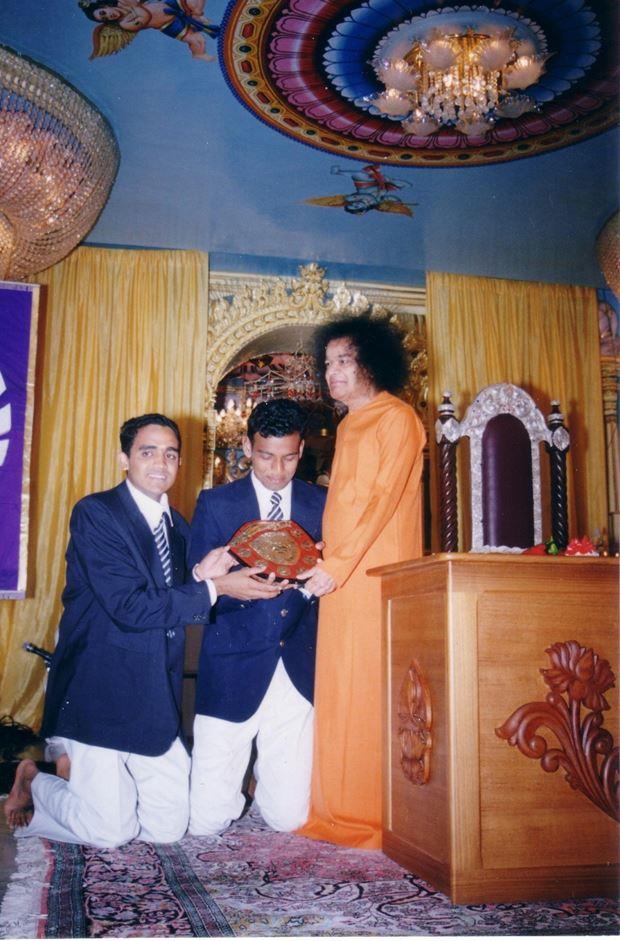

Dr Jagannadha Pawan Tamvada B.Sc (Hons), M.Sc Mathematics, 1997 – 2002, Prasanthi Nilayam. Currently Associate Professor at the University of Southampton in England. He is one of the founding trustees of the Indian Cultural Association of Dorset, a registered charity to advance Indian culture and spiritual living in the UK.

